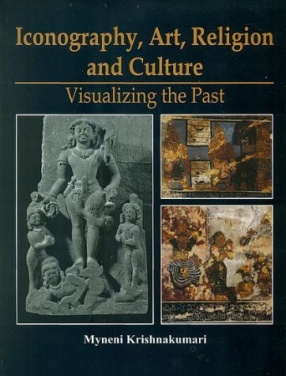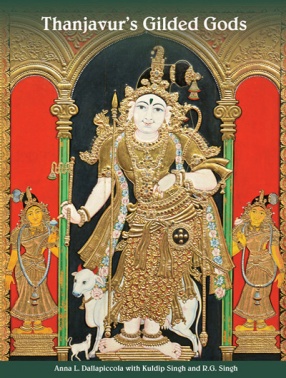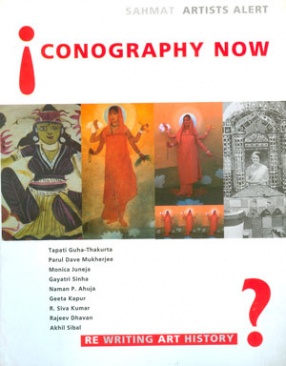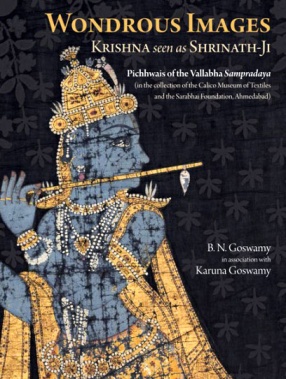Iconography of the Door Guardians of South India: Dvarapalas
In Indian sculptural art are often seen dvarapalas: the door guardians (or the door keepers) on the door frames (toranas) or portals leading to the deity within a shrine. Invariably, carved in pairs and positioned on either side of the doorways, they are depicted at the entrance of religious monuments: whether they be rock cut or structural shrines; whether they be of the Hindu, Jain or Buddhist affiliations. Besides being a vital part of the temple’s decorative elements, the figures of dvarapalas are believed to function as protectors of the shrines. In the ancient texts, they are considered under the group of divinities, called as parivara devatas. And are endowed with divine attributes as well.
This book is, perhaps, the first comprehensive iconographic study of dvarapala images found in the south Indian shrines. Surveying diverse dvarapala images as well as other kindred images, sculpted on the entrances of the enclosure walls, maha mandapas, antaralas, and sanctums of the religious monuments, the book highlights their significance and their roles as protectors of the temple deities and as mediators between the devotees and the god, besides their importance in imparting beauty to the temple complex. Based on her extensive field work, together with use of countless digital photographs and art history sources, the author also traces the development of the dvarapala images, particularly in the Hindu iconography in south India. For this study, Professor Myneni has surveyed a vast array of south Indian temples that came up over the centuries: from the earliest days to the medieval period. The book is generously illustrated with about a hundred exquisite pen-sketches and equal number of photographs.
Get it now and save 10%
BECOME A MEMBER











Bibliographic information